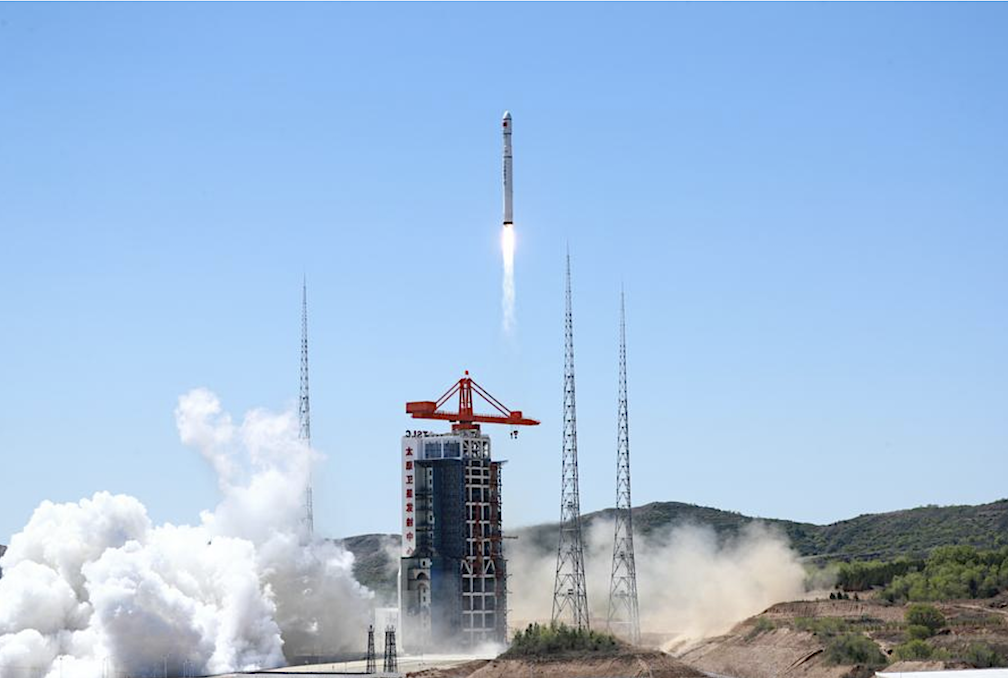
China’s Long March-6C carrier rocket made its debut flight on Tuesday, placing four satellites in space.
The rocket blasted off at 11:21 a.m. (Beijing Time) from the Taiyuan Satellite Launch Center in north China’s Shanxi Province, sending Neptune-01 and Smart-1C, as well as a wide-band optical satellite and a high-resolution video satellite into planned orbits. The launch cost is $70Million
It was the 520th flight mission of the Long March series rockets.
This is the second CZ-6 mission of the year, but the maiden flight for the 6C variant of the rocket. The more powerful CZ-6A version has most recently launched satellites into Sun-synchronous orbits for the Yaogan-40 and Yunhai 3 satellite constellations.
Made by the Shanghai Academy of Spaceflight, the CZ-6C is a shorter, single-stick version of the CZ-6A, which was introduced in 2022, and a dual-engine variant of the original CZ-6, which has been active since 2015. Using the familiar mix of liquid oxygen and kerosene rocket propellants on both stages, the launcher has a payload capacity of 4,500 kilograms to low-Earth orbit (LEO) and 2,000 kilograms to a 700-kilometer altitude Sun-synchronous orbit.
